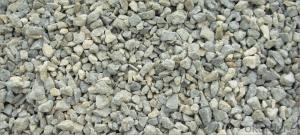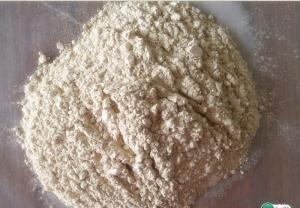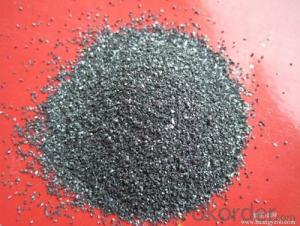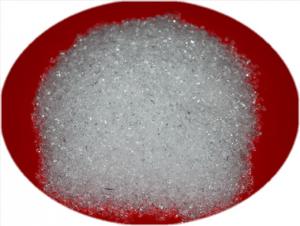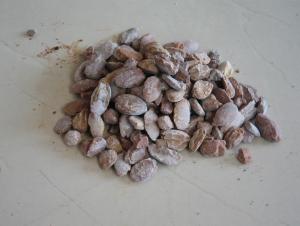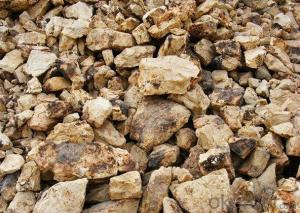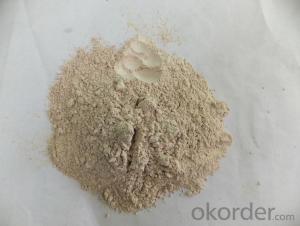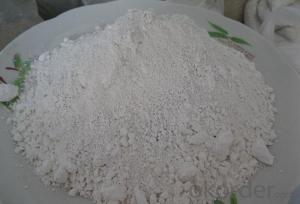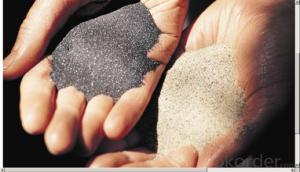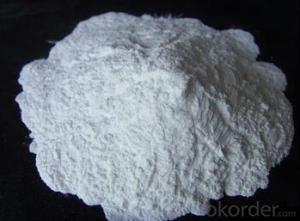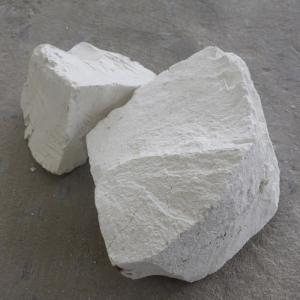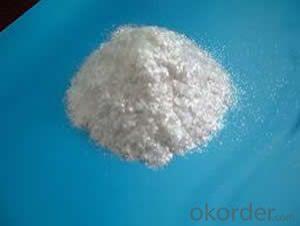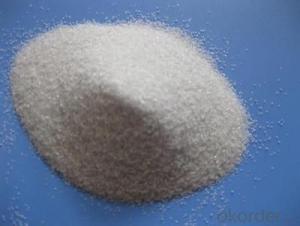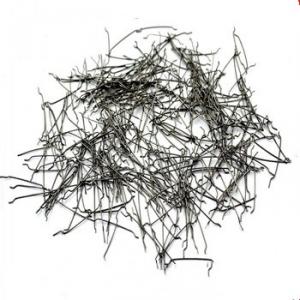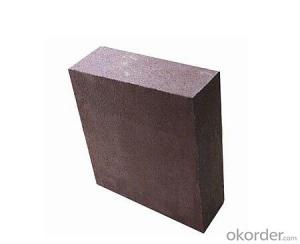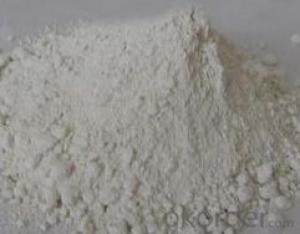All Categories
- - Steel Wire Rod
- - Steel Coils
- - Steel Profiles
- - Steel Pipes
- - Stainless Steel
- - Tinplate
- - Special Steel
- - Steel Sheets
- - Steel Rebars
- - Steel Strips
- - Hot Rolled Steel
- - Cold Rolled Steel
- - Pre-painted Steel
- - Seamless Steel Pipe
- - Welded Steel Pipe
- - Hollow Steel Tubes
- - Galvanized Pipe
- - Stainless Steel Coil
- - Stainless Steel Sheet
- - Stainless Steel Plate
- - Stainless Steel Strips
- - Electrolytic Tinplate Coil
- - Electrolytic Tinplate Sheet
- - Stainless Steel Rebars
- - Solar Panels
- - Solar Water Heater
- - Solar Related Products
- - Solar Inverter
- - Solar Cells
- - Solar Light
- - Solar Energy Systems
- - Solar Controllers
- - Solar Mounting System
- - Solar Pump
- - Solar Chargers
- - Fiberglass Chopped Strand
- - Fiberglass Mesh Cloth
- - Composite Pipes
- - FRP Pultrusion Profiles
- - Fiberglass Mat Tissue
- - Fiberglass Fabrics
- - Fiberglass Mesh
- - Composite Tank
- - Fiberglass Mesh tape
- - Polymer
- - FRP Roofing Panel
- - Fiberglass Roving
- - Monolithic Refractories
- - Ceramic Fiber Products
- - Refractory Bricks
- - Raw Materials For Refractory
- - Suspended Platform
- - Cranes
- - Concrete Machinery
- - Earthmoving Machinery
- - Building Hoist
- - Road Building Machinery
- - Plastic Pipe Fittings
- - Plastic Tubes
- - Plastic Sheets
- - Agricultural Plastic Products
- - Plastic Nets
Q & A
How are refractories tailored for the specific needs of the non-ferrous metal industry?
Refractories are tailored for the specific needs of the non-ferrous metal industry through careful selection and customization of their compositions and properties. These refractories are designed to withstand high temperatures, corrosive environments, and chemical reactions encountered during non-ferrous metal production processes. They are developed with materials such as silica, alumina, magnesia, and zirconia, which possess excellent heat resistance and chemical stability. Additionally, refractories are shaped and formed according to the specific requirements of different non-ferrous metal applications, such as furnace linings, crucibles, and ladles, ensuring optimal performance and extended service life in these demanding industrial settings.
Can you explain the concept of thermal shock resistance in refractories?
Thermal shock resistance in refractories refers to their ability to withstand rapid temperature changes without cracking or breaking. This property is crucial in applications where refractories are exposed to alternating high and low temperatures, such as in furnaces or kilns. Refractories with high thermal shock resistance have better resistance to thermal stresses, as they can expand and contract without significant damage. This is typically achieved through careful selection of materials and manufacturing processes, ensuring the refractory can handle extreme temperature differentials without compromising its structural integrity.
What are the properties of mullite-based refractory materials?
Mullite-based refractory materials possess several key properties that make them highly suitable for high-temperature applications. These properties include excellent thermal stability, high melting point, low thermal expansion, good thermal shock resistance, and high mechanical strength. Additionally, mullite-based refractories exhibit good chemical resistance, electrical insulation, and are known for their ability to withstand extreme temperatures and harsh environments, making them an ideal choice for various industrial furnaces, kilns, and other heat-intensive processes.
What are the refractory raw materials used in lining ladles?
The refractory raw materials commonly used in lining ladles include high alumina bricks, magnesia carbon bricks, spinel bricks, and silica bricks. These materials are chosen for their high heat resistance, ability to withstand thermal shock, and resistance to chemical corrosion, ensuring the durability and longevity of the ladle lining.
Wholesale Raw Materials For Refractory from supplier in British
Our team of experts is highly knowledgeable about the refractory industry and can provide you with accurate and up-to-date information on the latest trends and developments in the market. We work closely with our customers to understand their specific requirements and provide customized solutions to meet their needs. Whether you are looking for high-quality refractory bricks, castables, or other raw materials, we have a wide range of options to choose from.
In addition to our sales and procurement services, we also offer technical support to help you optimize your processes and improve the performance of your refractory materials. Our team can assist you with product selection, installation guidance, and troubleshooting to ensure that you achieve the best results.
As a subsidiary of CNBM, we have access to a global network of suppliers and can source refractory raw materials from around the world. This allows us to offer competitive prices and ensure a reliable supply chain for our customers. We are committed to providing excellent customer service and ensuring that our customers receive their orders in a timely manner.
Whether you are a small business or a large industrial company, we have the expertise and resources to meet your refractory raw material needs. Contact us today to discuss your requirements and see how we can help you succeed in your projects.
In addition to our sales and procurement services, we also offer technical support to help you optimize your processes and improve the performance of your refractory materials. Our team can assist you with product selection, installation guidance, and troubleshooting to ensure that you achieve the best results.
As a subsidiary of CNBM, we have access to a global network of suppliers and can source refractory raw materials from around the world. This allows us to offer competitive prices and ensure a reliable supply chain for our customers. We are committed to providing excellent customer service and ensuring that our customers receive their orders in a timely manner.
Whether you are a small business or a large industrial company, we have the expertise and resources to meet your refractory raw material needs. Contact us today to discuss your requirements and see how we can help you succeed in your projects.
Hot Search
- Monolithic Refractories in Iran
- Ceramic Fiber Products in Dominica
- Refractory Bricks in Lithuania
- Raw Materials For Refractory in Hungary
- Monolithic Refractories in Belgium
- Refractory Bricks in Brazil
- Ceramic Fiber Products in Cambodia
- Refractory Bricks in Greece
- Ceramic Fiber Products in Sudan
- Refractory Bricks in Tonga
